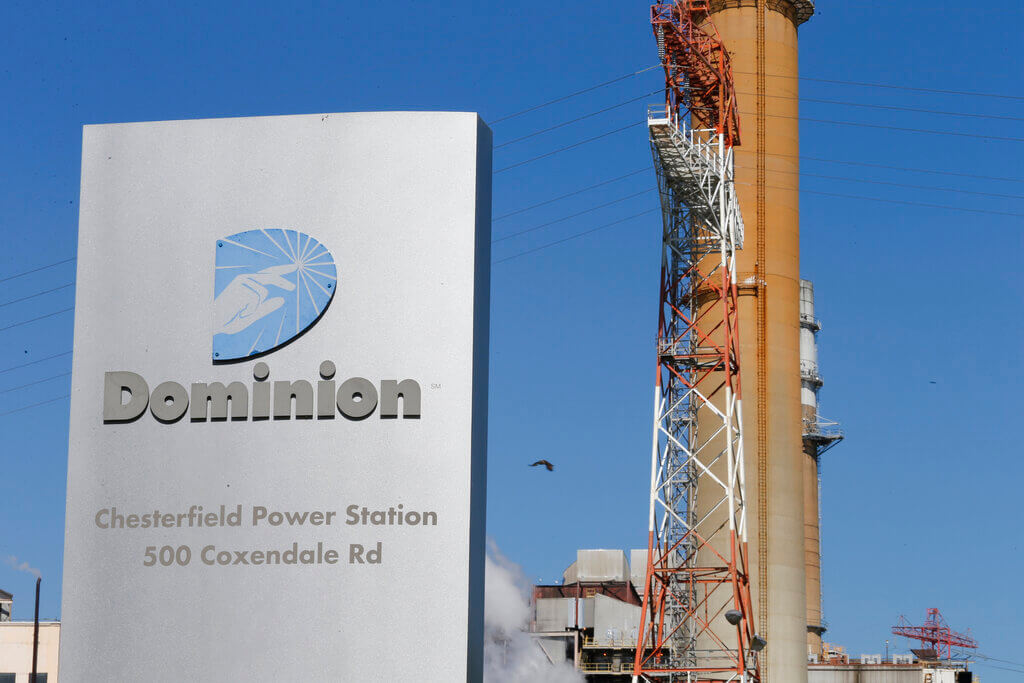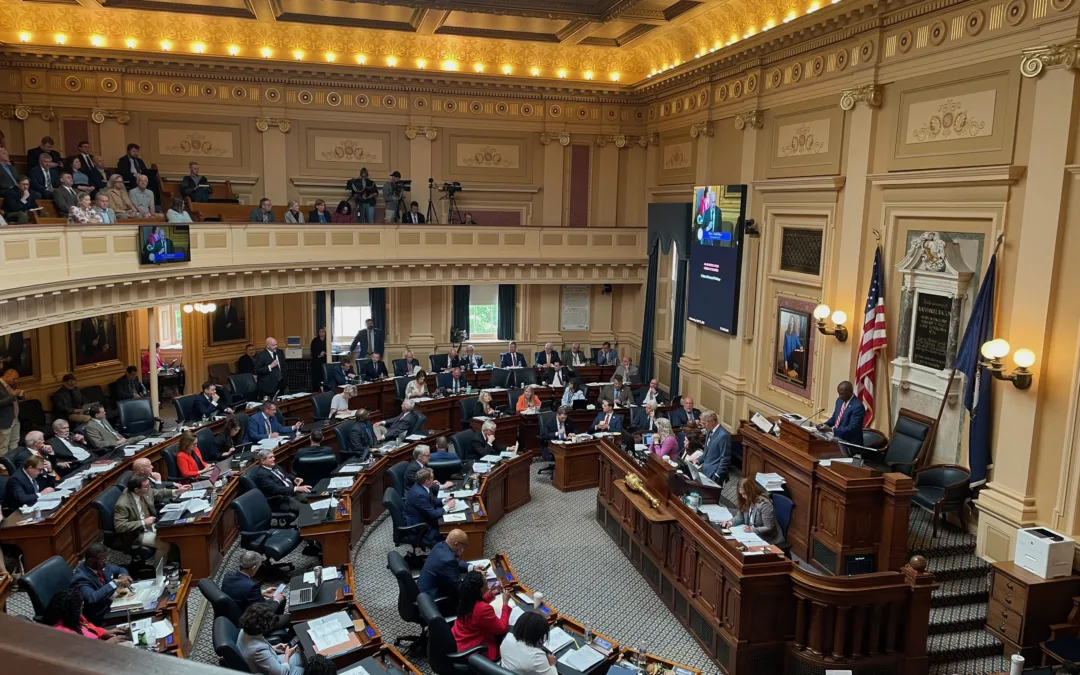
Advocates say your bill will go up with ‘no climate benefits’
RICHMOND, Va. (AP) — Customers of Dominion Energy Virginia can expect their bills to increase by an average of about 3% annually over the next 10 years as the company changes its generation mix to comply with new renewable energy mandates, Dominion recently told regulators and lawmakers.
Virginia’s largest utility included that finding in the integrated resource plan it filed Friday. The filing is a long-range planning document that outlines several options for meeting customer needs in the coming decades.
This year’s plan marks a significant shift from the company’s last original one, submitted in 2018, which envisioned the construction of at least eight new natural gas-fired power plants. Since that time, parent company Dominion Energy has committed to reaching net zero greenhouse gas emissions by 2050, and the state legislature passed the Virginia Clean Economy Act, a sweeping overhaul that includes a number of renewable energy mandates.
The IRP — which is not an official request to build any project or change rates — calls for a projected expansion of offshore wind, solar and energy storage development amounting to approximately 24,000 new megawatts of renewable energy and storage capacity over the next 15 years, according to a news release.
Still, environmental advocates said the company’s preferred plan laid out in the plan relies too heavily on natural gas at a time when climate change makes it imperative to move more quickly toward all-renewable generation.
“What they consider to be the best option is not a credible response to climate change and is not a credible attempt to implement the Clean Economy Act. You get all of the ratepayer expense and none of the climate benefits,” said Will Cleveland, an attorney with the Southern Environmental Law Center.
Under what Dominion described in a letter to lawmakers as the most feasible of four proposed plans, it would preserve 9,700 megawatts of natural gas generation through 2045 as it retires oil and coal units and then seek to continue using some gas-fired generation even beyond then.
State regulators required Dominion to model the impacts to customers’ bills from this year’s energy legislation. About 40% of the projected increase between 2020 and 2030 is due to this year’s legislation, according to the IRP. Other factors include previous legislation and environmental compliance.
“The costs of certain resources such as battery storage technology may decrease over time, which in turn may decrease these bill projections,” the utility’s president and CEO, Robert Blue, wrote in the letter.
The IRP envisions an even larger investment in solar resources than required by the Clean Economy Act, something it notes could lead to permitting challenges.
It calls for at least 31,400 megawatts of new solar capacity by 2045, which Dominion estimates would require a land mass about 25% larger than Fairfax County, or the equivalent of nearly 237,000 football fields.
“Utilization of such a large land mass area for energy generation will likely encounter local and environmental permitting issues,” the IRP said.
The nearly 300-page document has no mention of the Atlantic Coast Pipeline, a natural gas project being spearheaded by the parent company. Dominion Energy Virginia contracted for 20% of the project’s capacity, according documents filed with federal regulators.
All of the plans assume the relicensure of the company’s four existing nuclear units. None calls for a third reactor at the North Anna Power Station, which Dominion had previously contemplated and spent hundreds of millions of dollars preparing for.
“North Anna 3 is still a potential, but it is a higher cost potential at this point than some of the other options,” Glenn Kelly, the company’s director of strategic integrated planning, said in an interview.
The State Corporation Commission will analyze the company’s plan and determine whether it is reasonable and in the public interest. Separate filings and proceedings will be required as the company proceeds with building new infrastructure or seeking to change electric rates.
The company currently serves about 2.6 million electric customers, most in Virginia and around 122,000 in North Carolina.
Politics

Youngkin, Democrats to start over on budget talks
The Republican governor stood with Democratic leaders in the General Assembly on Wednesday in a bid to ease tensions over their budget debate....

VIDEO: Domestic abuse victims speak out against the gun law bills Gov. Glenn Youngkin vetoed
Senate Bill 47 and House Bill 46 aim to close the loophole that allows offenders to transfer their firearms to someone else instead of relinquishing...
Local News

Virginia verses: Celebrating 5 poetic icons for National Poetry Month
There’s no shortage of great writers when it comes to our commonwealth. From the haunting verses of Edgar Allan Poe, who found solace in Richmond's...

Join the fun: Recapping Family Literacy Night’s storybook adventures
When’s the last time you read a book aloud with a loved one? If it’s difficult to answer that question, then maybe it’s time to dust off that TBR...





